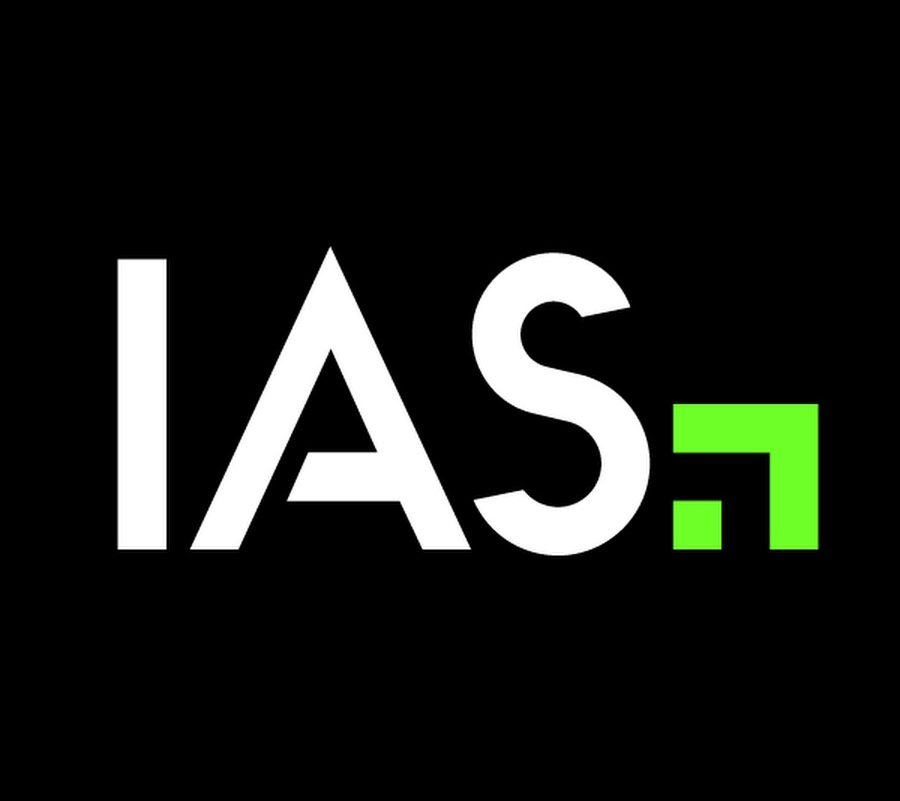Report: Ad fraud on the rise
May 21, 2025

Integral Ad Science (IAS), the media measurement and optimisation platform, has released the 20th edition of its Media Quality Report (MQR). Capturing insights from over 280 billion digital interactions daily across the globe, the MQR provides advertisers and publishers with benchmarks across display and video ad formats on desktop, mobile web, mobile app and connected TV (CTV) environments to measure the quality and effectiveness of their digital media campaigns and inventory.
This year’s report spotlights the evolving dynamics of the digital advertising landscape with a focus on the open web. Key highlights include a significant rise in non-optimised ad fraud rates, an increase in the proportion of brand risk attributed to offensive language and hate speech in these environments, and a stabilisation of viewability rates as marketers shift toward new metrics such as attention.
“As digital media complexity accelerates, IAS remains steadfast in empowering our partners with the transparency, precision, and protection they need to succeed,” said Lisa Utzschneider, CEO of IAS. “The 20th edition of the MQR underscores the critical need for proactive media quality strategies to ensure marketers can drive performance while protecting their brands from the evolving and multi-faceted risks in the programmatic advertising landscape.”
Key global findings:
- Ad fraud rates 15x higher for non-optimised campaigns
The MQR reveals that fraud rates for campaigns lacking fraud mitigation strategies (non-optimised) rose by 19 per cent year-over-year – reaching a four-year high of 10.9 per cent by the end of 2024. The rate of fraud in non-optimised campaigns was 15x higher than those campaigns that utilised anti-fraud technologies. Despite the increasing sophistication of fraudulent actors, campaigns that implemented fraud protection remained largely shielded, with optimised campaign fraud rates decreasing by 9.8 per cent year-over-year globally to a steady 0.7 per cent. - Offensive language, controversial content, and hate speech on the rise
While global brand risk overall decreased by 10.6 per cent from 2023 (and down 39 per cent from 2021) to a record low of 1.5 per cent, the nature of brand risk is shifting. The share of content flagged for offensive language, controversial content, and hate speech on the open web increased to the highest levels seen since 2020. Globally, the share of offensive content rose by 72 per cent year-over-year highlighting the evolving nature of online risk. - Global viewability rates stabilise
After years of consistent increases, global viewability rates plateaued in 2024, rising only 1.6 per cent year-over-year. Notably, desktop video viewability increased by 5.4 per cent to achieve a record high of 83.9 per cent, reflecting continued growth in digital video consumption across every channel – both emerging and more traditional. While overall viewability remains high, marketers are beginning to prioritise additional measures of ad effectiveness, such as attention. By considering situational factors such as an ad’s environment, alongside interactions like clicks or eye movements, attention can approximate the extent to which impressions drive brand messaging allowing advertisers to optimise towards business results
UK highlights:
-
Ad fraud in the UK followed the worldwide trends, optimised ad fraud levels stayed the same year-on-year for desktop display (1.30 per cent) and mobile web video (0.30 per cent), while desktop video decreased from 1.40 per cent to 1.20 per cent, and mobile web display increased from 0.30 per cent to 0.40 per cent.
-
Viewability rates for the UK saw mobile app display increasing from 73.2 per cent in 2023 to 82.8 per cent in 2024 – performing above the worldwide average of 74.2 per cent. Mobile web display also increased from 66.4 per cent in 2023 to 71.3 per cent in 2024.
-
Time-in-view across the UK came in lower than worldwide averages. Desktop display reduced from 19.14 seconds in 2023 to 17.81 seconds in 2024 – lower than the worldwide duration of 19.17 seconds.
-
The rate of brand risk flagged content in the UK was higher than worldwide averages across all environments – desktop display (1.8 per cent), desktop video (1.8 per cent), mobile web display (2.9 per cent), and mobile web video (2.8 per cent).
-
Looking at specific risk categories, the UK has the highest share of brand risk relating to hate speech on desktop display (18.7 per cent) across the globe, coming in above the worldwide average of 10.4 per cent.
-
IAS’s Research team analysed the more than 280 billion digital interactions captured daily by IAS at the impression level to create the MQR.
Other posts by :
- Euro-bank sets up €500m space fund
- Revenue jump forecast for Eutelsat
- Moody’s upgrades Eutelsat’s debt rating
- Rivada Space Networks wins spectrum dispute
- Eutelsat shareholders upset over Rights Issue
- Amazon Leo satellites en route to French Guiana
- Deutsche Bank reveals targets for AST SpaceMobile
- AST SpaceMobile boss outlines benefits
